Paradiso Canto 33
OVERVIEW
Fred Sanders is a Professor of Theology in the Torrey Honors College at Biola University. He is a systematic theologian and the author of The Triune God and Wesley on the Christian Life: The Heart Renewed in Love.
Questions for Reflection
- Why is it fitting that the opening of the 100th canto be an extended prayer?
- How does Bernard’s description of Mary in lines 1-2 both capture and prepare us for the paradoxical nature of Dante’s beatific vision?
- What role does memory play in this final canto? How does the failure of memory indicate the failure of language? What remains when both memory and language fail? How does this tie to Beatrice?
- What are the three visions that Dante sees as he peers into the light of God (82-96; 115-126; 127-132)? Why this progression?
- Why does Dante describe the Trinity as “eternal light, abiding in yourself alone, knowing yourself alone, and known to yourself and knowing, you love and smile upon yourself” (33.126)? Do the smiles in Paradiso take on new meaning as he beholds the Trinity as the love that smiles upon itself?
- Why does Dante describe the mystery of Christ’s incarnation as “our image”? Why not name Christ more specifically?
- Why describe God as “the Love that moves the sun and the other stars”? (145)
- Dante wonders how divinity and humanity can be united in the person of Christ. He has a flash of understanding but he cannot put it into words. Rather than explaining his insight, Dante talks about the effect his understanding has on his will and desire (moving them in a circle) and then ends the poem. Why does Dante end the poem so abruptly? Why retreat into silence after such a long journey?
- How might we understand the silence of the poem’s end as, in Vittorio Montemaggi’s words, “the most truthful statement” of the Comedy?
DETAILS
- Dr. Fred Sanders
- Torrey Honors College
- Run Time 11:36








